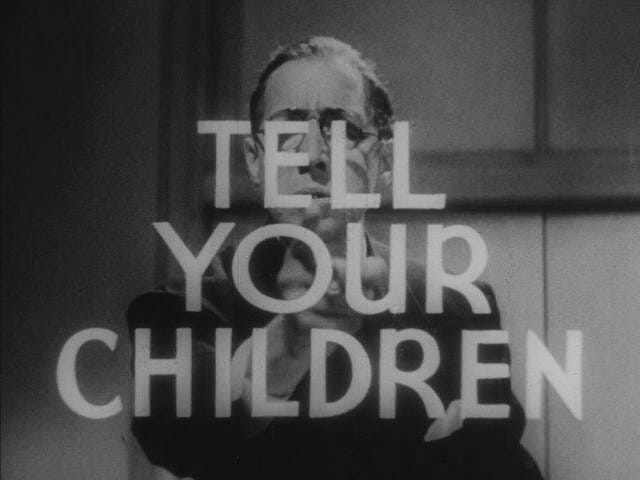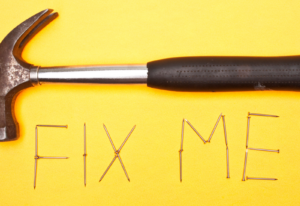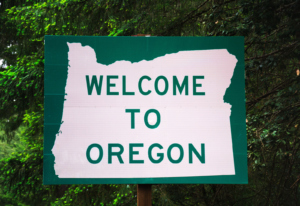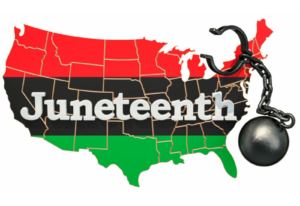
Our cannabis business lawyers are always interested in what is being said to support the “War on Drugs.” It is important to know what our opponents are thinking, how they strategize, and what they are trying to push for how to handle cannabis at the federal and state levels. Looking at the evolution of the rhetoric used, you’ll notice that those against cannabis have a long and sordid history of trying to sow fear and ignorance to block access to marijuana.
Let’s start from the very beginning:
- Reefer Madness, 1937. A cult-classic to say the least. Wikipedia identifies Reefer Madness as “a 1936–1939 American propaganda exploitation drama drug addiction film revolving around the melodramatic events that ensue when high school students are lured by pushers to try marijuana—from a hit and run accident, to manslaughter, suicide, attempted rape, hallucinations, and descent into madness due to marijuana addiction.” The original trailer for the film can be found here. Even at the earliest stages of what would eventually develop into the Drug War, cannabis had a special place amongst prohibitionists who wanted to instill paranoia regarding cannabis consumption. As we all now know, either from the science that exists or from our personal or anecdotal experiences, though these sorts of movies made for dramatic and sometimes even persuasive propaganda, rape and murder are unlikely side effects of marijuana usage. If you have never seen Reefer Madness, we urge you to watch it.
- Pot-Smoking Hippies and the “Dangers of Dope,” 1960s. Beginning in and throughout the 1960s, the cannabis opposition utilized public service announcements (and short films shown in schools) to spread its anti-marijuana rhetoric. During this same period, we also began seeing “hippies” and “free-thinkers” presented as the stereotypical cannabis consumer. In one very famous 1968 PSA, we see what appear to be some hip, young people arrested for smoking marijuana and, while being arrested, professing in their defense several of the very reasons why states are legalizing marijuana today. The kicker though is when Sonny Bono takes the screen, refuting each argument for marijuana legalization while at the same time showing us how teens who are “on grass” rage against “the establishment” to their own detriment (the last four minutes of the film are probably the most excruciating).
- “Everybody’s Doing It,” “Users Are Losers,” 1970s. Continuing with the PSAs, prohibitionists began to play on the heavy-drug user’s agenda, citing to worst case scenarios and outrageous side effects from marijuana use. We were able to find two PSAs from this era; the first one does a fantastic job of associating cannabis use with seriously hard and harmful drugs. The second one is a Hanna-Barbara cartoon that emphasizes how marijuana is a “gateway” to more serious drug use and addiction. These PSAs came out right about when the ultimate drug warrior, Richard Nixon, was hitting his crescendo by declaring the “War on Drugs.”
- “Just Say No,” 1980s-1990s. The 1980s introduced the use of popular culture to convince the population of marijuana’s dangers. Probably the most famous anti-drug PSA, the “This is Your Brain on Drugs” message, came out in 1987. This PSA dramatically draws a direct link between frying your egg in a pan and frying your brain on drugs. Even the Teenage Mutant Ninja Turtles were roped into the anti-cannabis propaganda of the 80s. The ads in the 1990s also sought to scare parents into protecting their kids from being offered marijuana, which would ultimately turn them into puppets controlled by the drug. Not surprisingly, at least one major congressionally-mandated study suggests that these anti-drug/marijuana ads had little to no impact in “winning the War on Drugs.”
- The “Flat” and “Harmless?” campaigns of the 2000s. In the 2000s, the focus shifted to personal autonomy. In determining that just talking about actual drug use wasn’t effective at keeping kids away from drugs and marijuana, Drugfree.org, through its “Above the Influence” campaign, began to focus on how staying away from drugs and cannabis would preserve your individuality. We start seeing fewer PSAs directed at teens and more of them focusing on preventing the abuse of marijuana (and other drugs) through awkward interventions that show how cannabis will destroy your once vibrant personality or lead you to commit manslaughter by car. These ads also liked to play up the same “pot makes you lazy, stupid, careless, and dangerous” rhetoric of the 1960s and 70s, with little to no data or science to back up such claims.
- “The Next Big Tobacco,” at present. Now, with 23 states and D.C. having some form of medical marijuana and/or full-on legalization, the old tricks of the prohibitionist trade aren’t cutting it like they used to. Recognizing this, the anti-marijuana rhetoric has taken a turn, with prohibitionist groups now claiming to oppose legalization so that they can block the next “Big Tobacco,” where ethics and health concerns are sure to fall by the wayside in the event state-licensed cannabis businesses are allowed to operate.
Today’s ad campaigns are the last vestige of a rapidly shrinking subset of society that wants everyone to put their heads back in the the sand regarding cannabis. The internet has made the spreading of truth and science far easier today than even twenty years ago and, by doing so, has greatly weakened and even marginalized anti-marijuana propaganda. Within ten years, we will no doubt be looking at today’s anti-marijuana propaganda with the same sort of wonder at which we look at those from the last century.
























